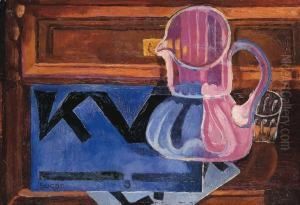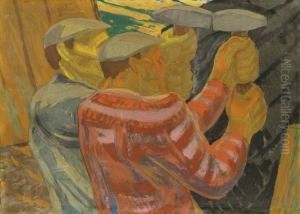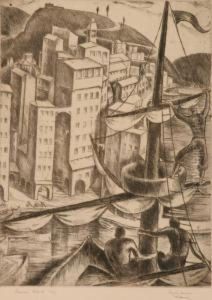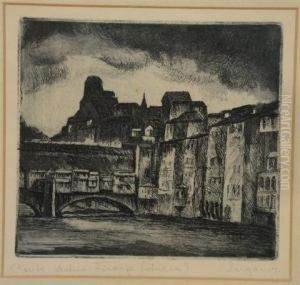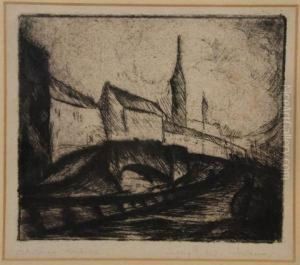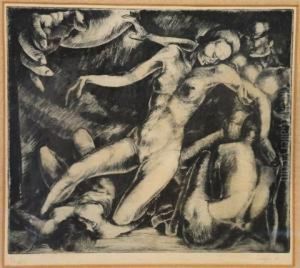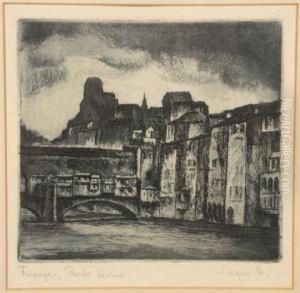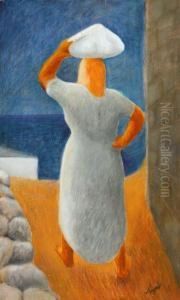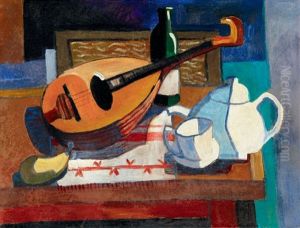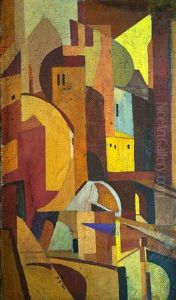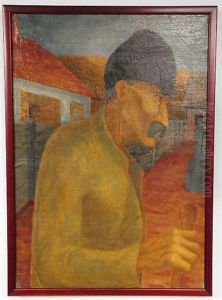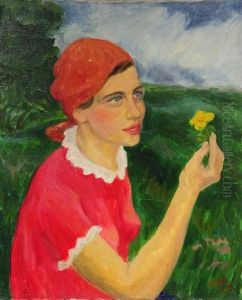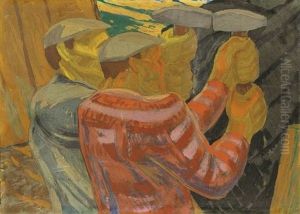Andor Sugar Paintings
Andor Sugar was a Hungarian artist born on July 9, 1900, in Budapest, Hungary. His artistic journey began in his native country, where he developed an interest in art at a young age. Sugar studied at the Hungarian Academy of Fine Arts in Budapest, where he was exposed to various art movements and techniques that were prominent in Europe during the early 20th century. His style was influenced by avant-garde movements such as Expressionism and Constructivism, as well as by the rich traditions of Hungarian art.
During his career, Sugar worked in multiple mediums, including painting, graphic design, and illustration. His work often reflected social themes and the political turmoil of his time, particularly the impacts of World War II and the subsequent changes in Central Europe. Sugar's paintings are characterized by their bold use of color and dynamic compositions, which often conveyed a sense of urgency and emotional depth.
After World War II, the political climate in Hungary became increasingly repressive under the Communist regime, which had a profound effect on the country's artistic community. Many artists, including Sugar, faced censorship and were limited in their ability to express themselves freely through their art. Despite these challenges, Sugar continued to produce work that was both innovative and reflective of his personal experiences and the broader societal context.
Andor Sugar's contributions to Hungarian art were significant, and he is remembered for his unique style and his perseverance in maintaining artistic integrity in the face of adversity. He passed away on February 28, 1979, in Budapest, leaving behind a legacy that continues to inspire new generations of artists and art enthusiasts. His works are held in various collections and have been exhibited in galleries and museums throughout Hungary and internationally.
